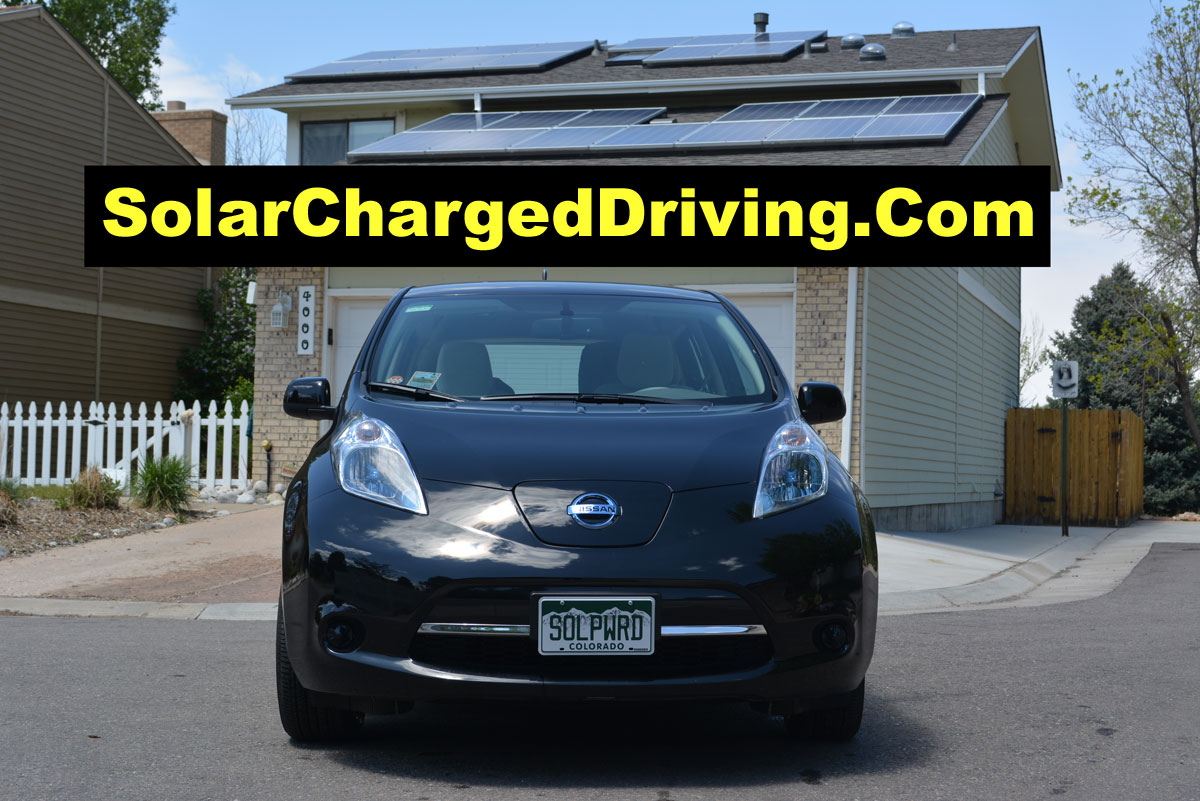
 As 1.6 million gallons of oil saturate the Florida coastline, I wonder how, when factoring in the external costs of oil, Americans can afford to continue their dependence on petroleum.
As 1.6 million gallons of oil saturate the Florida coastline, I wonder how, when factoring in the external costs of oil, Americans can afford to continue their dependence on petroleum.
CNN Money reported the rig explosion could cost British Petroleum $3 billion, after the rig is replaced, cleanup costs are factored in, and lawsuits from the Gulf Coast fishing industry are settled.
But this is only the tangible price of cleaning up and remedying the accident. There are countless costs that aren’t accounted for in the $3 billion; the opportunity costs of lost tourism and fishing revenue.
And who is going to pay the opportunity costs of this $3 billion accident? I can guess it probably won’t be the BP executives. According to Reuters, BP’s chief executive Tony Hayward was awarded a 41 percent pay increase in 2009, even though profits were down 45%. Far more likely, Gulf Coast residents will shoulder the majority of the opportunity costs of lost revenues in tourism and fishing.
The cost of losing a significant amount of precious Gulf Coast natural areas and wildlife will be devastating as well. The everglades, estuaries and wetlands of the Gulf Coast are a priceless possession for Florida, the U.S. and the world in general.
These areas represent a worth that can’t be expressed in a dollar amount. They have an intrinsic value that is inherent in their rarity and sophistication as natural systems. They are more complex and intricate than anything man could ever design, a perfect tool to learn about other systems both natural and manufactured. This learning opportunity is quickly being squandered by America’s oily habit.
Despite costs of oil-related accidents in both dollar amount and loss of innately valuable resources, gasoline prices continue to stay lower than what the impacts of oil-related activities really cost us.
Despite costs of oil-related accidents in both dollar amount and loss of innately valuable resources, gasoline prices continue to stay lower than what the impacts of oil-related activities really cost us.
In 2003, the National Defense Council Federation prepared a report called America’s Achilles Heel, The Hidden Cost of Imported Oil.
According to the report, if the cost of oil at the pump reflected the external price that we paid to sustain the flow, including defense of the Persian Gulf, a gallon of gas would have been $5.28. This was when gas prices were around $1.56 a gallon.
{googleAds}
<div style="float:left">
<script type="text/javascript"><!--
google_ad_client = "pub-7703542917199961";
/* 200x200,
created 12/8/09 */
google_ad_slot = "7950368454";
google_ad_width
= 200;
google_ad_height = 200;
//-->
</script>
<script
type="text/javascript"
src="http://pagead2.googlesyndication.com/pagead/show_ads.js">
</script>
</div>
{/googleAds}Now the national average is about $2.91 per gallon, meaning that gas should be $9.85 a gallon if we factored in the external defense costs that “The Hidden Cost of Oil” did.
We are also well into what may end up being a $3 trillion dollar war (which was arguably waged in large part to protect oil flow), adding significantly to the 2003 report’s figures.
If we factor in the price of defending and protecting oil flow, the opportunity costs of lost industry revenues, the price of cleaning up after and mediating the effects of oil-related accidents and the loss of precious wilderness areas, we see that this expensive habit will soon bankrupt our military, our livelihoods, our homes and the Earth’s natural capital.
Related articles—>
- Mad about the spill? Ditch your gas car for an EV
- Another reason to solar-charge: Gasoline tanker crashes
- Gas car’s tailpipe extends all the way to the coal plant
- CODA Automotive definitely gets it
 Like this story? Interested in the solar EV/PHEV synergy? Join our Sun Miles™ Club and start meeting & interacting with other people around the worldwho want to drive, or already are driving, their cars on sun! Register to join us today!
Like this story? Interested in the solar EV/PHEV synergy? Join our Sun Miles™ Club and start meeting & interacting with other people around the worldwho want to drive, or already are driving, their cars on sun! Register to join us today!



